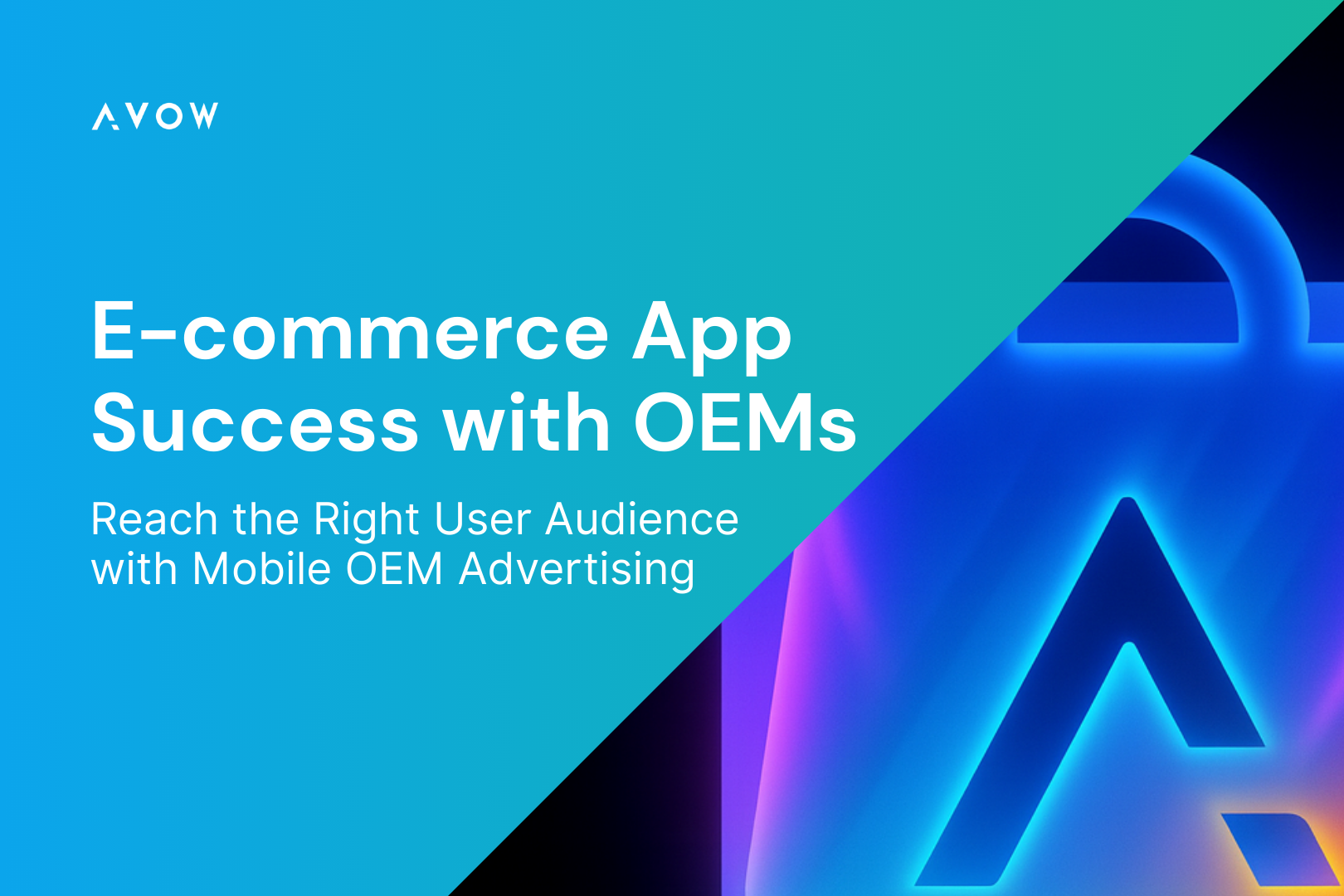Why Ecommerce Reach Needs New Channels
E-commerce reach on mobile is a constant battle for brands. This challenge intensified during the COVID 19 pandemic as lockdowns pushed shopping online, forcing many brick and mortar retailers to build a digital presence and prompting established ecommerce players to double down on growth.
This shift resulted in an influx of competitors in an already crowded mobile commerce landscape. With over 26 million e-commerce websites globally, a significant portion likely have companion apps. The e-commerce app market is booming, reaching $3.59 trillion in revenue in 2022, highlighting the fierce competition for consumer engagement—particularly among millennials and Gen Z, who, according to recent studies, are the leading online shoppers.
Moreover, data privacy limitations and a saturated app store landscape further complicate targeted advertising and organic app discovery. These conditions make it challenging for even well-executed advertising (ads) campaigns to convert clicks into sales.
This fragmented mobile advertising landscape demands innovative solutions.
Enter mobile OEMS (Original Equipment Manufacturers) and their app stores. These companies, which design and manufacture smartphones, are quietly emerging as a powerful solution to mobile advertising woes.
Why Mobile OEMs Offer a Targeting Advantage
“The future of mobile advertising is all about relevance,” says Ashwin Shekhar, CRO and Co-Founder of mobile OEM advertising specialists AVOW. “Consumers see lots of ads daily, and they’re more likely to engage with those that speak directly to their needs and interests.” This aligns with a 2023 IAB report predicting that privacy regulations will push mobile ads toward contextual relevance, focusing on user intent for targeted advertising.
This is where mobile OEMs hold a potential edge. Unlike traditional platforms that rely on third-party data, OEMs have access to a wealth of first-party information directly from the devices they create – data goes beyond demographics and unlocks unique targeting opportunities:
- Device Targeting: Reach gamers with devices equipped with powerful processors for mobile gaming subscriptions, merchandise, or gaming accessories. Target budget-conscious users with affordable options tailored to their mid-range devices. Showcase high-quality camera lenses and editing software subscriptions to users with OEM devices known for their exceptional cameras.
- App Behavior: Display sports apparel ads to users engaged with fitness apps and suggest headphones to shoppers viewing new phones in shopping apps. Additionally, show cooking gadget ads to those frequently using recipe and cooking apps, creating a tailored advertising experience based on app usage patterns.
- Demographics & Appographics: Combine age, location, and income data with in-app behavior. Target young adults who frequently buy beauty products with personalized makeup ads. Similarly, direct custom tech accessory promotions towards users with a history of tech and gadget app interactions.
- User Behavior: Reach night owls with sleepwear ads displayed closer to bedtime or target early risers with coffee deals right after they wake up (considering privacy regulations).
- Remarketing: Use data from previous interactions to refine ad targeting and increase conversion chances. According to AppsFlyer’s 2023 State of Ecommerce App Marketing Report, Android leads in remarketing, with a whopping over 40% global conversion share and the US market exceeding an impressive 55%.
- Multiple Touch Point Advertising: Unlike traditional mobile advertising, mobile OEM advertising allows you to tell a story and reach your audience at multiple touch points throughout their use of their device. For example, an ad campaign for a new game could reach the user right from the lockscreen with a visual lockscreen ad, followed by a splash video ad of the game when opening a system app. When the user accesses the alternative app store, that game could be featured front and center for all to see. The sheer volume, choice, and touchpoints for an advertiser to reach their audience via mobile OEMs dwarves anything one might see with traditional advertising.
By responsibly leveraging this data, mobile OEM advertising platforms can offer a more precise targeting solution forshopping apps to increase e-commerce reach. With 63% of smartphone users more inclined to buy from apps providing relevant product recommendations, this approach improves user engagement and boosts purchase likelihood, demonstrating the power of personalized advertising to expand e-commerce reach.
Mobile OEM-Owned Stores, AKA Alternative App Stores: A Gateway to Discovery for E-commerce Reach
Beyond targeting, OEMs offer another valuable asset: their app stores. While mainstream app stores are undeniably dominant, they’re also incredibly crowded. The introduction of the Digital Markets Act (DMA) seeks to address this by promoting fair competition and opening up more space for alternative platforms.
In a sea of millions of apps, getting discovered can feel like searching for a needle in a haystack. Here’s where mobile OEM app stores come in. Many OEMs have their own app marketplaces, often catering to specific regions or demographics. These stores can offer a more curated environment, potentially increasing the visibility of your app and e-commerce reach can be achieved.
Additionally, mobile OEMs tailor app store experiences to each market, offering localized content and events. For instance, in India, during Diwali or Eid, their app stores feature special verticals showcasing apps with exclusive festive discounts. This personalized approach enhances user engagement and promotes special offers relevant to local celebrations.
Magalu’s Mobile OEM Success:
Magalu, one of the largest Brazilian retailers, recognized the great potential of mobile OEM inventory as a targeted and efficient means to reach a wider audience and acquire valuable users in Brazil. Magalu partnered with mobile OEM advertising specialists AVOW to expand e-commerce reach across the country and reported an increase in user acquisition and a notable 25% average increase in basket size, highlighting the quality and engagement level of users acquired through mobile OEM advertising.
The Future is Mobile OEM-powered
The traditional mobile advertising landscape is a struggle for e-commerce brands. Privacy limitations and a crowded app store environment make it challenging to achieve sustainable e-commerce reach, leading to declining conversion rates and rising customer acquisition costs.
There’s a better way. By partnering with mobile OEM specialists like AVOW, you can leverage their strong relationships with leading OEMs like Xiaomi, OPPO, and Huawei. This unlocks highly targeted advertising based on device data and user behavior, allowing you to reach engaged users who are more likely to convert while respecting privacy regulations.
With the move towards a performance-based model, advertisers can rest assured that their costs will be kept down while they enjoy higher conversion rates. Plus, with the ability to further optimize their campaigns down the funnel—which goes beyond CPI (cost-per-install) models—advertisers can look forward to even more meaningful and lasting conversions, such as first registrations or first purchases.
Ready to take control of your mobile advertising strategy? Schedule a free consultation with AVOW today and discover how mobile OEM advertising can boost conversion rates. Get started now!
About the Author






